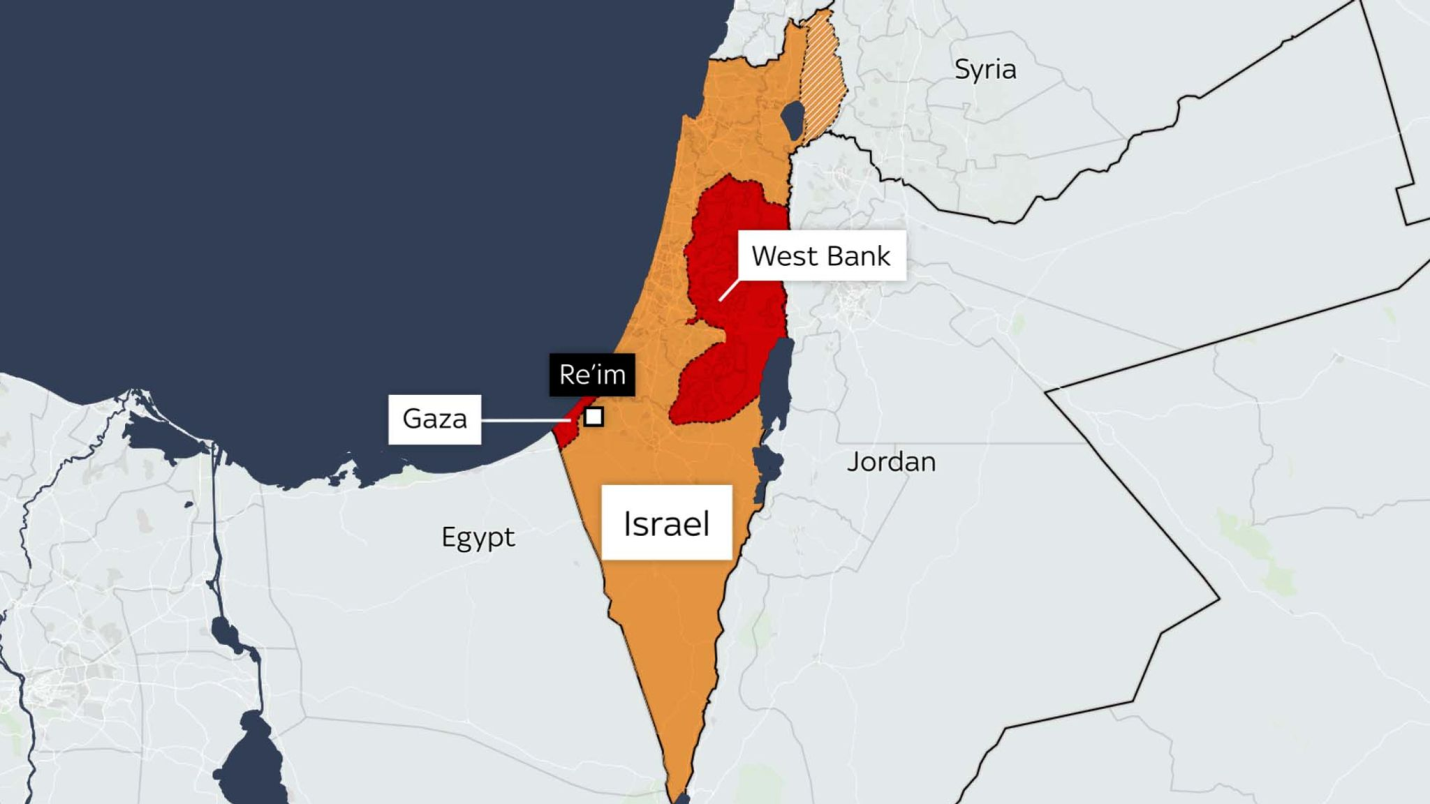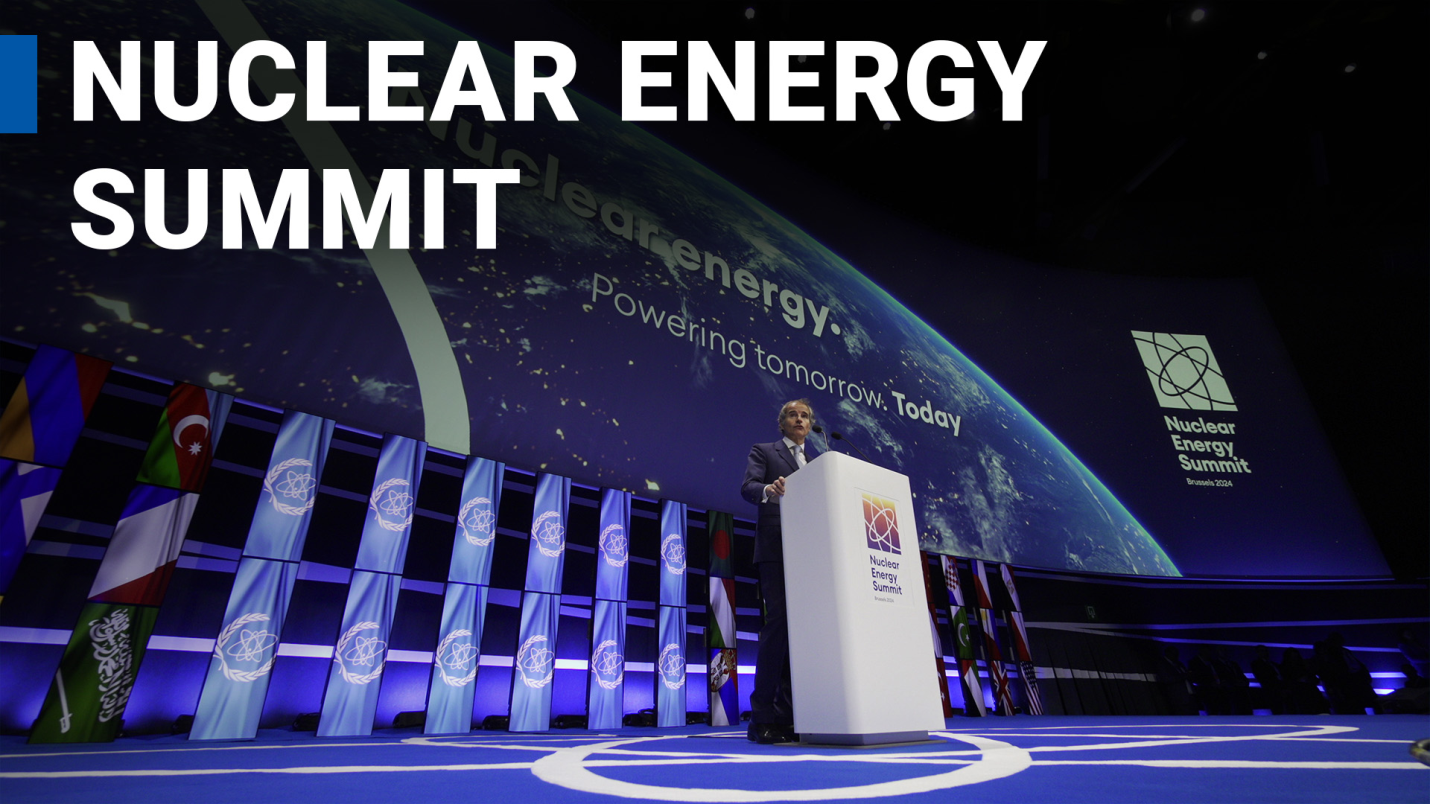





Copyright infringement not intended
Picture Courtesy: https://www.news-medical.net/life-sciences/How-Could-Microbes-Help-to-Solve-Climate-Change.aspx
Context: According to a new report by the United Nations Economic and Social Commission for Asia and the Pacific (UNESCAP), the Asia-Pacific region is not on track to achieve any of the 17 Sustainable Development Goals (SDGs) by 2030.
Key Highlights of the Report
Overall Progress on SDGs
Climate Action (SDG 13)
Data Challenges
Call for Action
About United Nations Economic and Social Commission for Asia and the Pacific (ESCAP)
|
Overview |
The United Nations Economic and Social Commission for Asia and the Pacific (ESCAP) is one of the five regional commissions under the United Nations Economic and Social Council. |
|
|
It aims to increase economic activity in Asia and the Far East and foster economic relations globally. |
|
Membership |
Composed of 53 Member States and nine Associate members. |
|
|
Members primarily from Asia and the Pacific regions. Some member states are not geographically located in Asia or Oceania. |
|
|
Members include countries like France, the Netherlands, the United Kingdom, and the United States. |
|
History |
Established in 1947 as the United Nations Economic Commission for Asia and the Far East (ECAFE). |
|
|
Renamed ESCAP in 1974 to reflect broader aspects of its work. |
|
Scope |
Works on various areas such as macroeconomic policy, trade, transport, social development, environment, and sustainable development, among others. |
|
|
Provides a forum for member states to promote regional cooperation and collective action for the 2030 Agenda for Sustainable Development. |
|
Subregional Offices |
Maintains five sub-regional offices in Incheon, Almaty, New Delhi, Jakarta, and Suva to better target and deliver programs. |
|
Headquarters |
Originally located in Shanghai, later moved to the United Nations Conference Centre in Bangkok, Thailand. |
|
Publications |
The commission releases various publications detailing its work and updates on its mandate, as well as on a wide variety of issues affecting its member states. |
|
|
Asia-Pacific Disaster Report: Offers information and analysis on disasters in the region, contributing to disaster risk reduction efforts. |
|
|
Asia-Pacific Trade and Investment Report: Provides insights into trade and investment trends in the Asia-Pacific region. |
|
|
Economic and Social Survey of Asia and the Pacific: Presents a comprehensive survey addressing economic and social issues in the region. |
|
|
Review of Development in Transport in Asia and the Pacific: Examines and assesses the development of transport infrastructure in the region. |
|
|
SDG Progress Assessment Reports / Statistical Yearbook for Asia and the Pacific: Focuses on assessing progress towards Sustainable Development Goals (SDGs). |
Sustainable Development Goals (SDGs)
|
Goal 1: No Poverty |
End poverty in all its forms everywhere. |
|
Goal 2: Zero Hunger |
End hunger, achieve food security and improved nutrition, and promote sustainable agriculture. |
|
Goal 3: Good Health and Well-being |
Ensure healthy lives and promote well-being for all at all ages. |
|
Goal 4: Quality Education |
Ensure inclusive and equitable quality education and promote lifelong learning opportunities for all. |
|
Goal 5: Gender Equality |
Achieve gender equality and empower all women and girls. |
|
Goal 6: Clean Water and Sanitation |
Ensure availability and sustainable management of water and sanitation for all. |
|
Goal 7: Affordable and Clean Energy |
Ensure access to affordable, reliable, sustainable, and modern energy for all. |
|
Goal 8: Decent Work and Economic Growth |
Promote sustained, inclusive, and sustainable economic growth, full and productive employment, and decent work for all. |
|
Goal 9: Industry, Innovation, and Infrastructure |
Build resilient infrastructure, promote inclusive and sustainable industrialization, and foster innovation. |
|
Goal 10: Reduced Inequality |
Reduce inequality within and among countries. |
|
Goal 11: Sustainable Cities and Communities |
Make cities and human settlements inclusive, safe, resilient, and sustainable. |
|
Goal 12: Responsible Consumption and Production |
Ensure sustainable consumption and production patterns. |
|
Goal 13: Climate Action |
Take urgent action to combat climate change and its impacts. |
|
Goal 14: Life Below Water |
Conserve and sustainably use the oceans, seas, and marine resources for sustainable development. |
|
Goal 15: Life on Land |
Protect, restore, and promote sustainable use of terrestrial ecosystems, sustainably manage forests, combat desertification, and halt and reverse land degradation and halt biodiversity loss. |
|
Goal 16: Peace, Justice, and Strong Institutions |
Promote peaceful and inclusive societies for sustainable development, provide access to justice for all, and build effective, accountable, and inclusive institutions at all levels. |
|
Goal 17: Partnerships for the Goals |
Strengthen the means of implementation and revitalize the Global Partnership for Sustainable Development. |
Must Read Articles:
SYNERGISTIC BARRIERS AND SDGs: https://www.iasgyan.in/daily-current-affairs/synergistic-barriers-and-sdgs
|
PRACTICE QUESTION Q. Achieving the Sustainable Development Goals (SDGs) relies heavily on accurate data and monitoring progress. However, many developing countries lack the resources and capabilities for robust data collection. How to overcome this data gap and ensure all countries have equal access to reliable information for effective SDG implementation? Answer Structure: 1.Briefly introduce the significance of accurate data for SDG implementation. Highlight the challenges faced by developing countries in terms of limited resources and capabilities for robust data collection. 2.Emphasize the role of data in tracking progress, identifying challenges, and formulating effective policies for sustainable development. Discuss how data-driven decision-making is crucial for achieving the SDGs in a targeted and efficient manner. 3.Elaborate on the specific challenges that developing countries encounter in collecting accurate and timely data. Discuss issues such as inadequate infrastructure, financial constraints, and lack of technological resources. 4.Propose a multi-pronged approach to address the data gap, including Capacity Building, Technological Innovation, International Collaboration, Resource Mobilization 5.Emphasize the principle of leaving no one behind by ensuring equal access to reliable information for all countries. Discuss the importance of global solidarity and inclusivity in the SDG implementation process. 6.Highlight the role of organizations like the United Nations and its agencies in coordinating efforts to bridge the data gap. Discuss initiatives such as the Data4SDGs to support national statistical offices in developing countries. 7.Summarize the key points and reiterate the importance of addressing the data gap for sustainable and inclusive development. Emphasize the need for ongoing efforts and collaboration to ensure that all countries, regardless of their development status, have equal access to reliable information for effective SDG implementation. |











© 2025 iasgyan. All right reserved